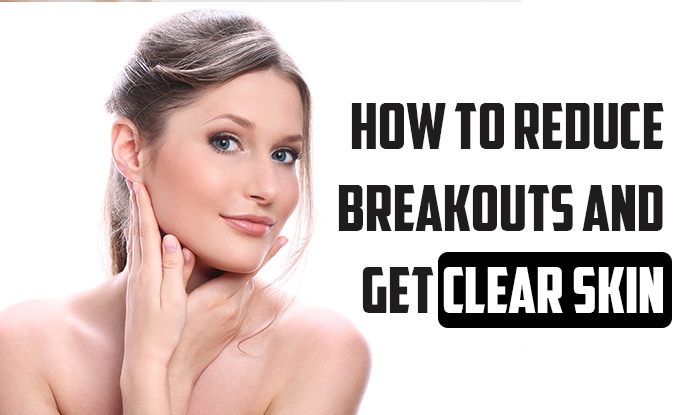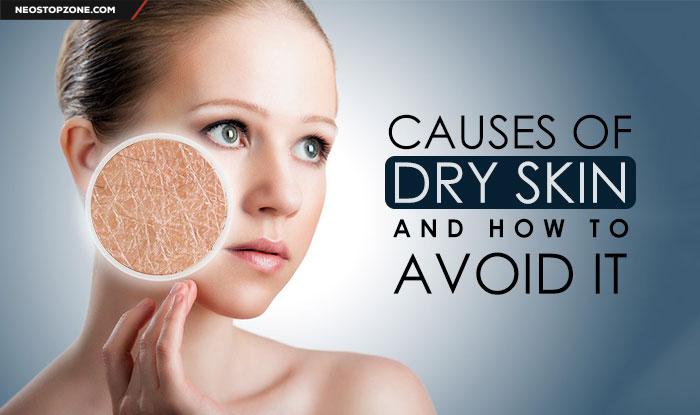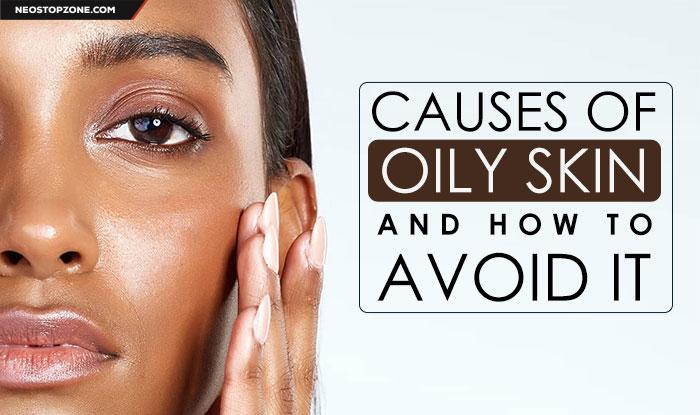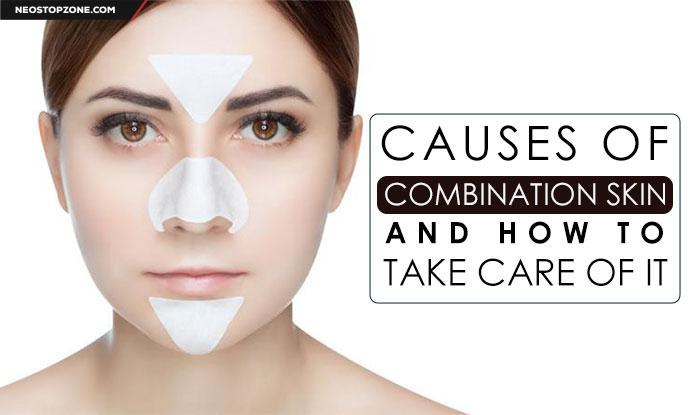You can reduce breakouts with healthy habits and acne-fighting products
Clean Twice a Day
Our skin needs regular cleansing to wash off dirt, bacteria, and excess oil. Acne occurs when skin pores get clogged with dirt and oil. If you have oily skin, washing twice a day can help reduce oil or sebum on your skin. This is especially important during adolescence when skin oil production is at its highest.
While washing your face will help reduce acne and promote clear skin, it is possible to overdo it. Research shows that washing your face twice a day is more effective in producing clearer skin than washing once a day. However, washing more than twice a day can dry out the skin. When the skin is dry, there is an increase in the production of oil to lubricate it. Stick with washing twice daily; If you’ve just had a sweaty workout, it’s okay to wash up again.
Use oil-free, non-comedogenic products
Acne breakouts and skin irritation can be caused by our skin’s natural oils as well as the skincare products we buy and use every day. When choosing beauty products such as cleanser, moisturizer, makeup or sunscreen, look for labels that specify oil-free or non-comedogenic formulations. These labels indicate that the product is not known to clog pores and cause acne.
Exfoliate
Exfoliation removes dead cells on the surface of the skin to achieve glowing, clear skin. These dead skin cells can cause dryness and acne breakouts as they can clog pores and hair follicles. However, exfoliation must be done safely; Otherwise, it may do more harm than good.
The exfoliation method you choose should be based on your skin type. Sensitive skin requires mild exfoliation, while thick, oily skin can handle more aggressive treatments. Decide whether you’ll try a chemical exfoliant like a retinoid cream or a mechanical exfoliation like a dry brush. If you currently have acne breakouts, opt for a gentle exfoliating method such as a washcloth and a mild chemical exfoliant. Apply a moisturizer afterward to keep your skin from drying out.
Apply topical acne-fighting products
In addition to prescription treatments, there are many over-the-counter (OTC) acne products that you can try before heading to the doctor. Most of these products are designed to fight acne as opposed to preventing it. Always read labels carefully before starting a new diet.
The most common OTC remedies include:
- Salicylic acid works by dissolving the top layer of dead skin cells. When these dead skin cells build up instead of bursting, they can clog pores and cause irritated skin and breakouts. Salicylic acid is usually available as a cleanser or lotion.
- Benzoyl peroxide promotes clear skin by removing bacteria that can lead to acne. It is commonly available as a leave-in cleanser and comes in different levels of concentration. The higher the concentration, the more effective it is at removing bacteria. However, high concentration levels are more likely to cause skin irritation and dryness. Try starting with a low concentration and see how your skin responds.
- Retinoids are derived from vitamin A and have become a popular addition to beauty products in recent years. They work by removing blackheads and whiteheads that clog pores and cause acne outbreaks. They are available OTC or in prescription strength. The most common side effects of topical retinoids are redness and irritation. Start with a small patch of skin to see if you have a reaction; Applying a gentle moisturizer can help with irritation.
When should you see a dermatologist?
If you have tried some home remedies without any improvement in the appearance of your skin, contact your dermatologist.
They will recommend treatment options, so you don’t have to do it alone.
Start by making lifestyle changes such as regular cleansing, moisturizing, eating a healthy diet, and getting enough sleep. If it doesn’t matter, talk to your doctor about possible topical treatments, oral medications, or other options. Your doctor may be able to provide the following acne solutions:
- Prescription retinoid products (topical or oral)
- Antibiotic medicines
- contraceptive pill
- ‘steroids’
- laser treatment
- chemical peel
Use a Moisturizer
Moisturizing oily or acne-prone skin can feel counterintuitive. However, clear skin needs to be adequately lubricated. In fact, excessively dry skin can increase oil production by the sebaceous glands and lead to more acne breakouts. Many acne treatments like retinoids and salicylic acid can also cause dryness and irritation, so finding a gentle remedy Moisturizer is important. Studies have shown that patients with acne see improvement four to eight weeks after starting a regular moisturizer routine.
To prevent clogging of pores, choose a moisturizer that is oil-free or non-comedogenic. Apply it after cleansing and whenever your skin feels dry.
Get Enough Sleep
It’s called Beauty Sleep for a reason. Getting enough sleep can help promote clear, healthy-looking skin. This is because sleep helps us to control stress and balance hormones. When you don’t get enough sleep, your body produces more stress hormones like cortisol. These hormones can then increase inflammation in the skin; This can cause redness, irritation, and what looks like an acne breakout. Aim for seven to nine hours of sleep per night.
Find Ways to Reduce Stress
Finding effective ways to reduce stress can lead to clearer skin. Stress alone will not cause acne. However, we do know that stress can make existing acne symptoms worse.
When we are under stress, our body releases stress hormones, which can increase the production of sebum in the skin. This excess oil can clog pores and cause breakouts. Stress can also lead to other behaviors that make acne worse, such as sleeping less or eating more sweets.
Begin incorporating proven stress-busting techniques such as mindfulness, meditation, or exercise. Get plenty of rest, and talk to your primary doctor if you’re having a hard time managing daily stress.
Eat Proper Diet
Does eating chocolate and greasy food really cause acne? It sounds like an old wives’ tale, but there is evidence that our diets actually affect the appearance of our skin. Studies have linked eating a low-glycemic diet to better skin health. Low glycemic foods do not raise your body’s blood sugar levels and insulin response like high glycemic foods. High glycemic foods to avoid include sugar and refined carbohydrates.
Low-glycemic foods such as fruits and vegetables, whole grains, and legumes can reduce inflammation in the body. High blood sugar can increase inflammation, which triggers sebum production in the sebaceous glands.
One possible exception to the low glycemic rule is cow’s milk. Low-fat dairy, including skim milk, does not raise blood sugar but may worsen acne symptoms. Dermatologists usually recommend cutting out one type of food for a week or month and monitoring any changes in your skin. If your acne improves dramatically, you may want to make the dietary change permanent.
Wear Sunscreen
Greasy sunscreen may seem like the last thing acne-prone skin needs, but wearing a light sunscreen every day can help clear skin. Just like with moisturizers, look for products that are oil-free and non-comedogenic that don’t clog your skin’s pores. Dermatologists usually recommend applying sunscreen after washing your face in the morning and applying acne medication. That way, the sunscreen will protect you from the sun’s rays without stopping your medication.
Wearing sunscreen daily can help protect against signs of skin aging such as redness, dryness, wrinkles, and rough patches. Age spots are the result of sun damage over time. Sunburn can lead to flaky skin that can scar if you find yourself picking it up. In addition to an oil-free sunscreen, a wide-brimmed hat can help protect your skin and keep it clear.
Takeaway
Achieving clear skin can take time, but it is possible, even if you are prone to acne. Start with lifestyle changes such as twice-daily cleansing, healthy eating, gentle moisturizers, and plenty of sleep. You should be aware of sun damage. Make sure you protect your skin by applying sunscreen, finding shelter when you’re outside and wearing a hat to protect your skin from the sun. If you’re not seeing results, talk to your dermatologist about your options.




Can you be more specific about the content of your article? After reading it, I still have some doubts. Hope you can help me. https://accounts.binance.com/bg/register-person?ref=V2H9AFPY
Can you be more specific about the content of your article? After reading it, I still have some doubts. Hope you can help me. https://accounts.binance.com/es/register-person?ref=S5H7X3LP